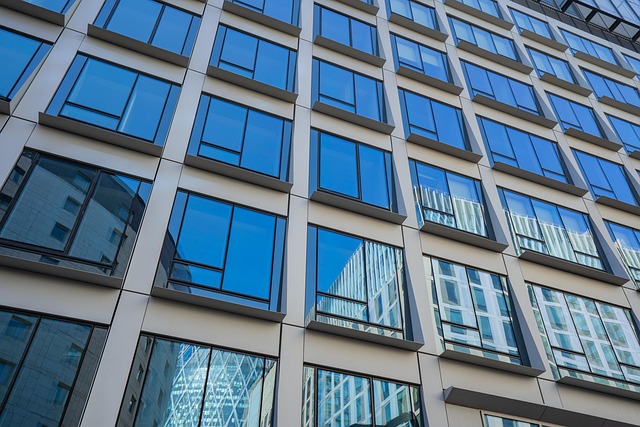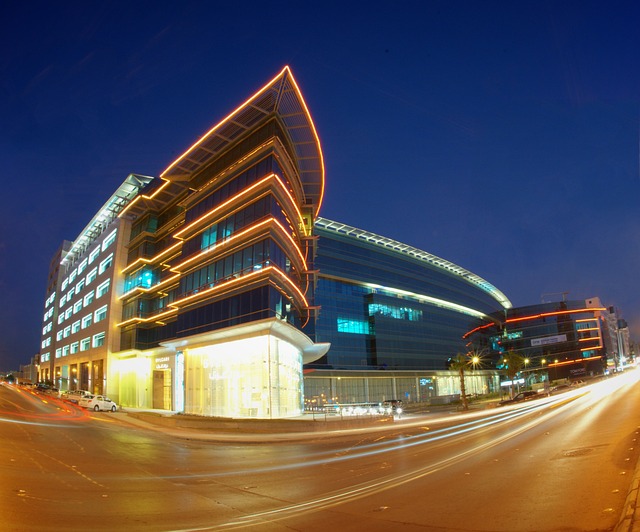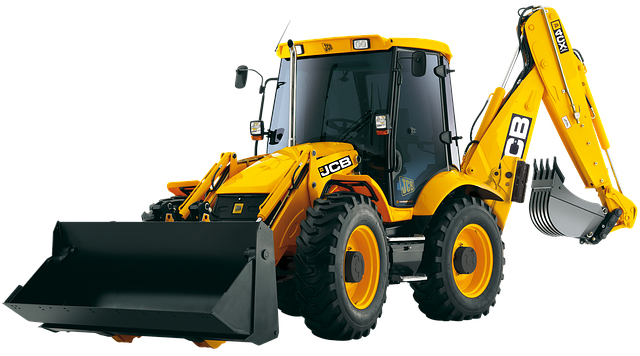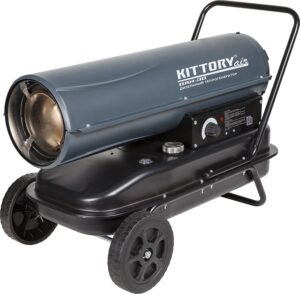Commercial unit heaters with integrated safety shutoff mechanisms prioritize hazard mitigation in large spaces like offices and retail spaces. Key features include temperature-based shutoffs for overheating prevention and flame failure protection in natural gas models, alongside overcurrent and GFCI protections in electric units. Demand for energy-efficient models balancing performance and safety is high, with manufacturers incorporating intelligent safety features to prevent thermal runaway, detect leaks, and manage power surges, catering to diverse installation needs while adhering to safety standards.
Commercial unit heaters are essential for maintaining comfortable temperatures in diverse business settings. With integrated safety shutoff features, these heaters go beyond functionality, prioritizing user safety. This article delves into the world of commercial unit heaters, exploring their critical components, diverse safety mechanisms, and design considerations. We also analyze market trends, highlighting popular models renowned for their advanced safety features. Understanding these aspects equips business owners to make informed decisions regarding their heating systems.
- Understanding Commercial Unit Heaters: Essential Features
- Safety Shutoff Mechanisms: Types and Benefits
- Integrating Safety: Design Considerations for Heaters
- Market Trends: Popular Models with Integrated Safety Features
Understanding Commercial Unit Heaters: Essential Features

Commercial unit heaters are designed to efficiently heat large spaces such as commercial buildings, retail spaces, and offices. These heaters come in various types, including natural gas fired and electric heating models, each with its own unique advantages. One of the critical features to look for is the integrated safety shutoff mechanism, which promptly addresses potential hazards by shutting down the unit in case of abnormal conditions.
Understanding the BTU capacity is essential when selecting a commercial unit heater. This specification indicates the amount of heat energy the device can transfer per hour and is crucial for ensuring adequate space heating. Moreover, considering energy efficiency is vital to minimize operational costs and environmental impact, making these heaters an attractive option for modern commercial settings where HVAC systems are often the primary energy consumers.
Safety Shutoff Mechanisms: Types and Benefits

Commercial unit heaters with integrated safety shutoff features are designed to protect spaces like offices, retail spaces, and commercial buildings from potential hazards associated with space heating. These mechanisms come in various types, each offering distinct benefits tailored to different heating scenarios. One common type is the temperature-based shutoff, which automatically turns off the heater when a pre-set thermal limit is reached, preventing over-heating and potential fires. Another type includes flame failure protection, crucial for natural gas fired heaters; if the flame extinguishes, the unit shuts off instantly, ensuring safe suspension of installation.
Electric heating units also incorporate safety features like overcurrent protection and ground fault circuit interrupters (GFCIs). These safeguards are essential for maintaining energy efficiency and preventing electrical hazards in commercial buildings. By selecting heaters with these integrated safety shutoff mechanisms, building managers can ensure optimal comfort while minimizing the risk of accidents, making them a vital component in any HVAC system.
Integrating Safety: Design Considerations for Heaters

Integrating safety features into commercial unit heaters is a critical design consideration for manufacturers and installers. These heaters often operate in diverse environments, including office heating, retail spaces, and other commercial buildings, where potential hazards can arise from both the heat source itself and the surrounding conditions. Therefore, safety shutoff mechanisms are essential to mitigate risks associated with excessive heating, gas leaks (for natural gas fired units), or electrical malfunctions.
Designers must account for factors such as suspended installation methods, BTU capacity, and compatibility with existing HVAC systems to ensure safe operation. Energy-efficient models that balance performance with safety are increasingly sought after, providing both effective space heating solutions and peace of mind. Electric heating technologies offer a safer alternative to natural gas fired heaters, while proper ventilation and temperature sensors contribute to the overall energy efficiency and safety of the units in various commercial settings.
Market Trends: Popular Models with Integrated Safety Features

In recent years, the market for commercial unit heaters has witnessed a significant trend towards integration of advanced safety features. As awareness grows about the potential hazards associated with space heating systems, especially in large commercial buildings, office heating environments, and retail spaces, manufacturers are responding by introducing models equipped with intelligent safety shutoff mechanisms. These innovations not only protect against thermal runaway but also detect and respond to gas leaks and power surges, enhancing overall safety.
Popular choices among these integrated models include both natural gas fired and electric heating units, each boasting impressive BTU capacities to cater to diverse space heating needs. Several leading brands prioritize energy efficiency, ensuring that their heaters not only perform excellently but also contribute to reduced operational costs via optimized HVAC systems. With suspended installation options available, these advanced commercial unit heaters offer flexible deployment while maintaining safety standards in various applications.
Commercial unit heaters, equipped with integrated safety shutoff features, offer a powerful combination of efficiency and protection. By understanding the essential components like safety mechanisms and design considerations, businesses can make informed choices from the growing market trends. These innovative models not only enhance safety but also contribute to energy conservation, making them a smart investment for any commercial space.






